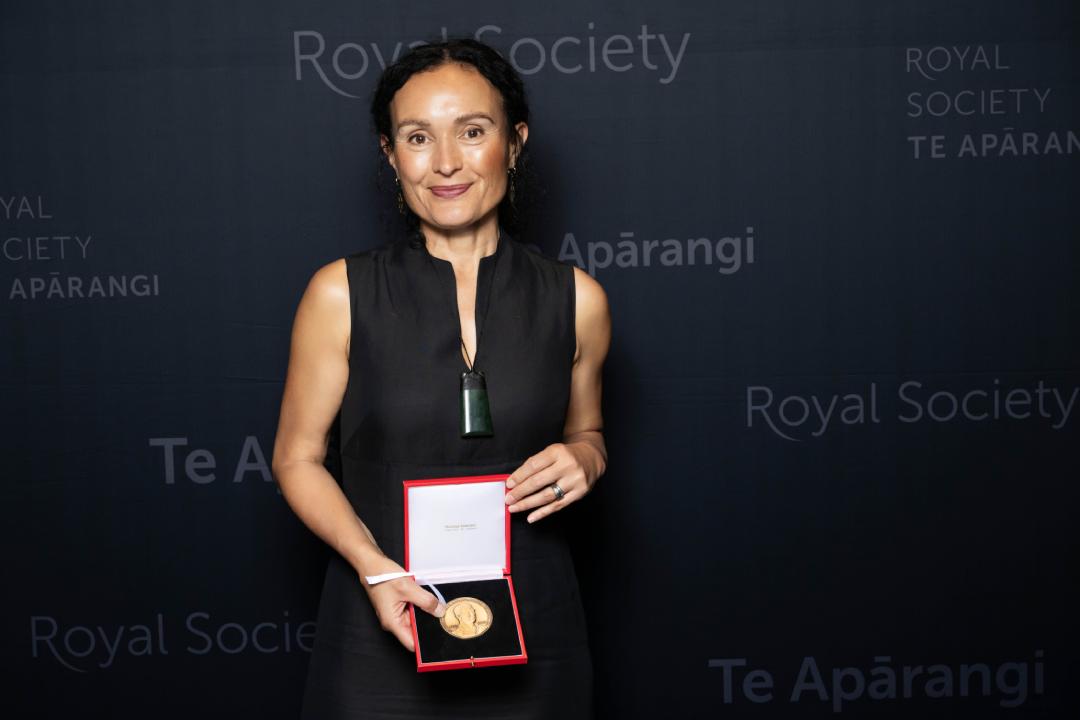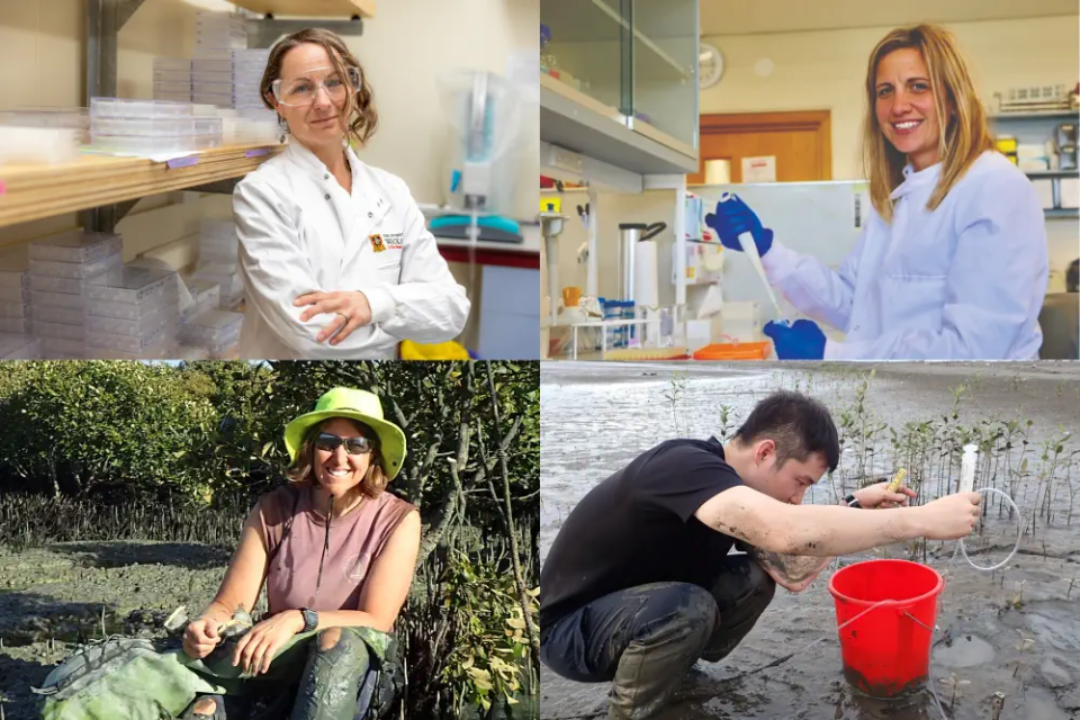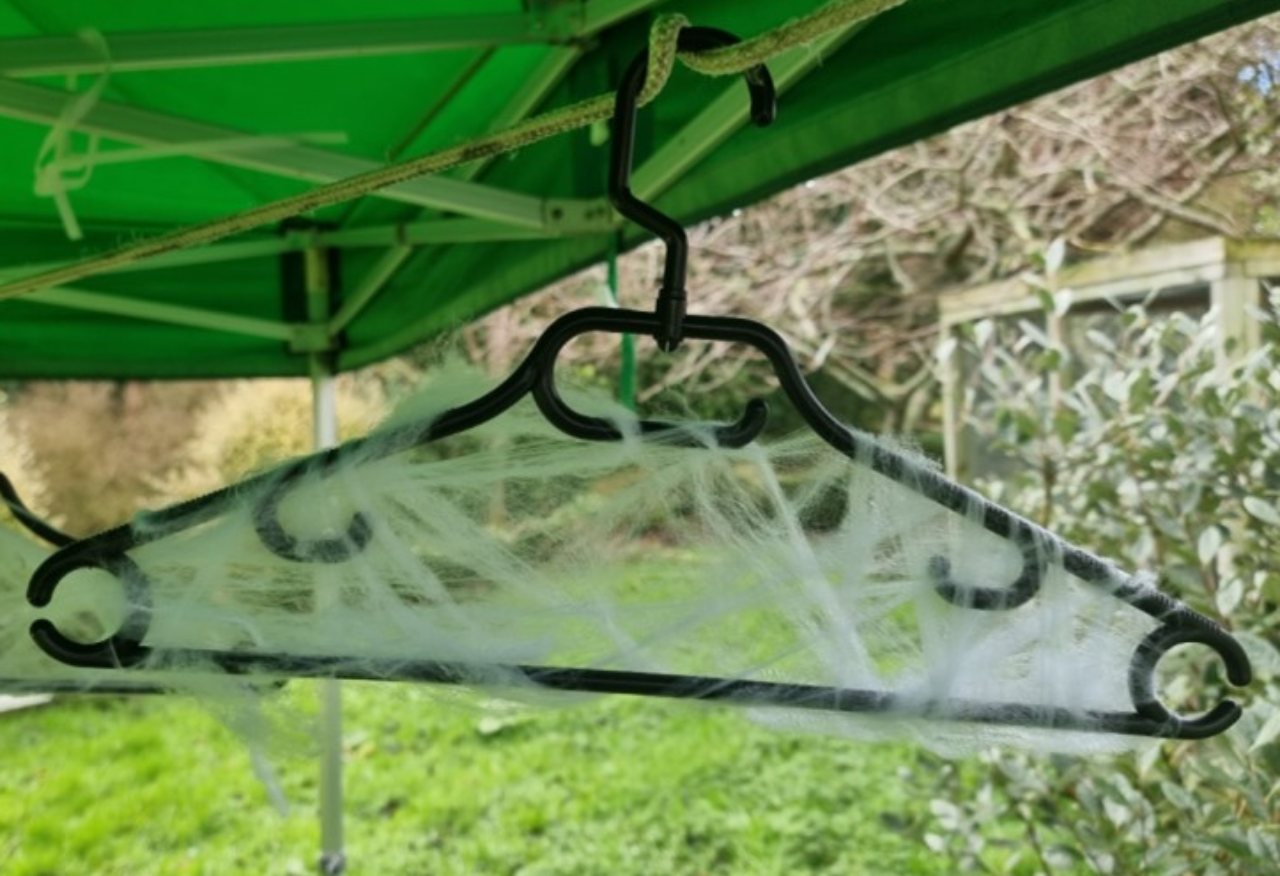The revitalisation of moko is more than an artform, it is identity, whakapapa and philosophy carried on the skin. That was the message shared in a powerful panel discussion hosted by the University of Waikato Tauranga campus to celebrate 50 years of Te Wiki o te Reo Māori, where practitioners, academics and members of the University community spoke openly about their journeys and the responsibility of carrying moko today.
The event was open to the public, and those in attendance described it as a privilege to be invited into a safe space to learn, listen and reflect.
Speakers recalled the challenges of the early revival, when receiving or wearing moko was often met with hostility and shame. Julie Paama-Pengelly, a practitioner of tā moko, reflected that “there was mamae, there were arguments, there were people turned away at the marae. It was a really painful space.” Over time, however, collective determination and national movements helped transform those experiences into ones of pride and strength. “Being brave makes a difference,” she added. “Who would have thought we would reach such a healthy point in the revival?”
For many, the decision to receive moko was described as deeply personal and often years in the making. Ngairo Eruera, Pūkenga Matua at the University of Waikato, admitted to wrestling with doubt before committing: “I went through turmoil. In the end, it wasn’t one reason. It was about committing to carry my story. There were many reasons, layered over time.”
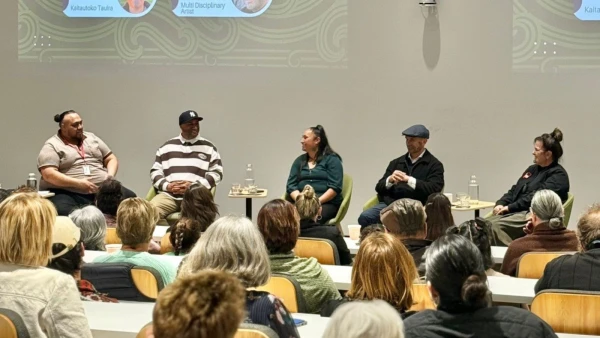
Speakers at the University of Waikato Tauranga campus discuss the personal and cultural journeys of carrying moko
Whānau support was a recurring theme. Ngairo explained that receiving moko in front of colleagues and students unexpectedly became a shared moment of learning: “I can’t recall any negative experiences in the past year walking around with moko,” he said. “In earlier years, during national conversations about racism, I prepared myself for it – but personally, I never received that negativity. People may hold different views, but you don’t have to carry those on top of your own challenges. Each person has to decide for themselves whether to take that on. For me, I choose not to.” He added, “Carry your own story with integrity.”
For Moana Ngatai, Kaitautoko Tauira at the University, whakapapa was central to her journey. She described researching her great-great grandmothers on both sides of her whānau and finding photographs that showed her tūpuna wore moko. Moana acknowledged the support of her aunty who joined her for the evening and spoke about the excitement of seeing her tamariki carry the practice forward. “My daughter hasn’t verbalised it yet, but I know she will one day choose to receive her moko kauae. My son is already saying, ‘Yes mama, I’m going to get my mataora.’”
For Taha Tangitu-Huata, Senior Māori Liaison Advisor and MC for the evening, the moment moko was received on campus marked a powerful shift. “It was a game changer,” he said. “It showed that we were leading the way, and that our communities could see this as a safe and supportive environment.”
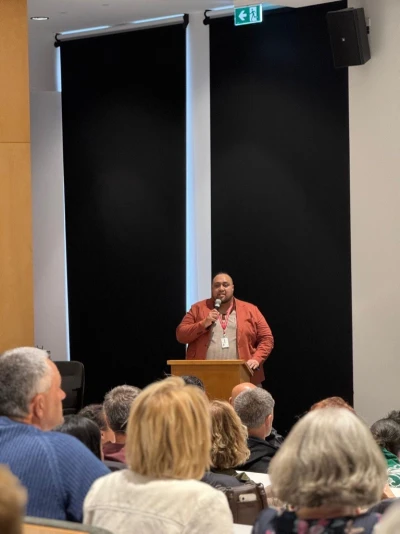
Taha Tangitu-Huata, Senior Māori Liaison Advisor at the University of Waikato
Artist Kereama Hoete, known as Mr G, reflected on the impact of wearing moko in public. He recalled a man approaching him in tears, overwhelmed by seeing moko worn with pride. “He told me how beautiful it was, and how awesome it was to see strong, healthy, young Māori men carrying moko. That really touched me,” he said.
He explained that the encounter reminded him that moko is bigger than the individual. “People could see that I knew who I was, and that I was proud, not just on the outside but inside too. It created an opportunity to talk about culture, which was just as important.”
The kōrero also reminded the audience that moko is not simply aesthetic, but a continuation of whakapapa and philosophy. “Our ancestors had texts,” Ngairo said. “They were written differently to English. We carry that literature on our skin.”
Audience members heard how moko ceremonies can be deeply private or, at times, collective, with some choosing quiet, personal moments and others finding strength and affirmation in being surrounded by whānau, colleagues or community. The discussion closed with acknowledgment of those who fought for the survival of moko and with a call to continue building safe, supported pathways for future generations.
The panel affirmed that moko is revitalising, not just as an artform but as a living story of identity and belonging. Each moko worn is a visible reminder of resilience, whakapapa and the courage to stand proud in who we are.
The University of Waikato Tauranga campus also hosted the Whakaaturanga Whakaahua – Moko Kanohi photo exhibition during Te Wiki o te Reo Māori. Featuring works by Māori photographers Erica Sinclair (Te Whānau a Apanui) and Naera Ohia (Tauranga Moana), the exhibition captured powerful stories of moko kanohi, identity and resilience through a uniquely Māori lens.
